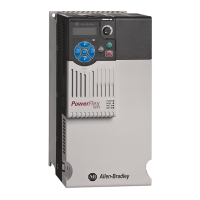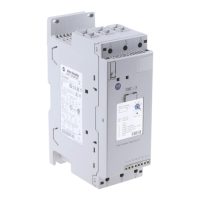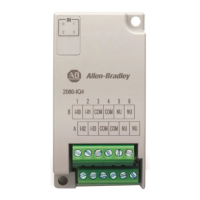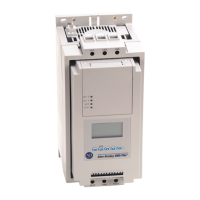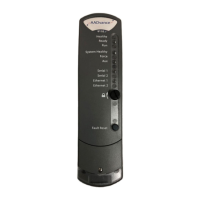28 Rockwell Automation Publication PFLEX-RM003E-EN-E - January 2011
Chapter 1 Detailed Drive Operation
undesirable effects of higher switching frequencies include derating ambient
temperature vs. load characteristics of the drive, higher cable charging currents
and higher potential for common mode noise.
A very large majority of all drive applications will perform adequately at 2…4
kHz.
CE Conformity
Refer to the PowerFlex 700S AC Drive Phase II Control Frames 1…6 Installation
Instructions, publication 20D-IN024
or the PowerFlex 700H and 700S Frame
9…14 Drives Installation Manual, publication PFLEX-IN006
, for details.
Common Bus Systems
Refer to “Common Bus” in the Wiring and Grounding Guidelines for Pulse Width
Modulated (PWM) AC Drives Installation Instructions, publication DRIVES-
IN001, for detailed information.
Communications
There are some special considerations for communicating with a PowerFlex 700S
drive through a 20-COMM module due to the use of DInt (double integer) and
Real (floating-point) type parameters. How the data is handled depends
somewhat on the type of controller used. Therefore, the considerations for
ControlLogix® and 16-bit controllers (PLC-5 or SLC) are explained separately.
ControlLogix System
Speed Reference/Feedback:
The DPI speed reference for the PowerFlex 700S is scaled:
• DPI speed reference to 700S = (Commanded RPM / Base Motor Speed) x
32767
The DPI speed feedback for the PowerFlex 700S is scaled:
• Feedback RPM = (DPI feedback from 700S / 32767) x Base Motor Speed

